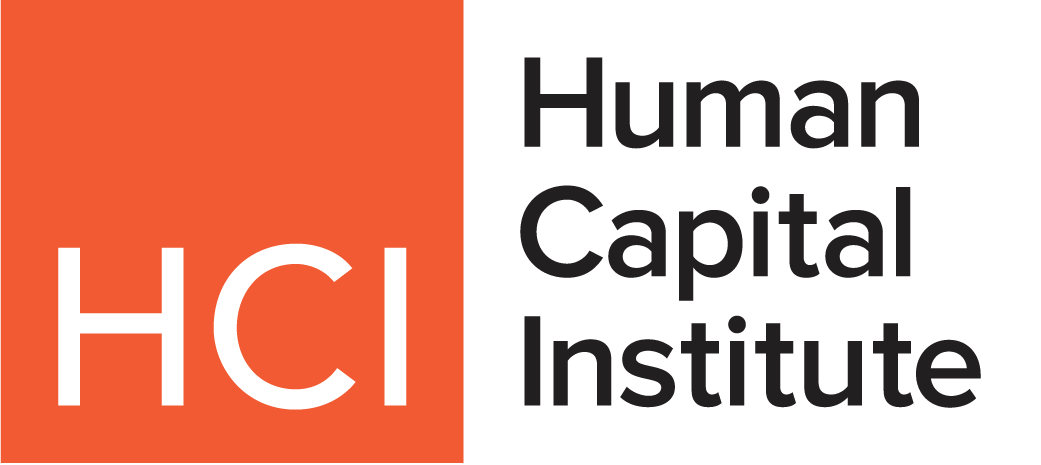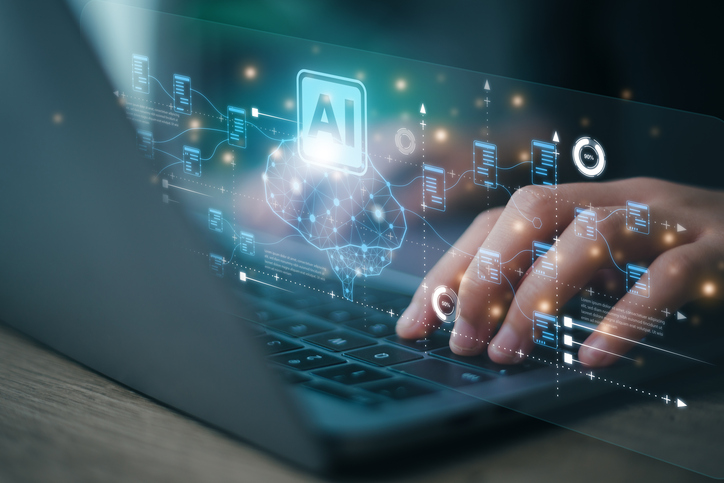AI is no longer a distant concept—it’s a daily tool, increasingly embedded in how HR teams attract, develop, and support talent.
As organizations push toward more agile, data-driven operations, HR departments are adopting AI to enhance efficiency, improve decision-making, and deliver more personalized employee experiences.
But they’re also grappling with concerns around privacy, bias, and the potential erosion of human connection.
From recruitment and onboarding to performance management and compliance, here’s how HR teams are currently leveraging AI—and what thoughtful implementation looks like in practice.
Enhancing Hiring Through Speed and Precision
One of AI’s most visible impacts is in the hiring process. At Remote, a global HR platform, AI is used to streamline recruitment workflows.
“Our HR teams use AI tools to automate repetitive functions, cutting down the time that HR spends on administrative tasks and allowing them to focus on nuanced, people-centered work that only humans can do,” says Barbara Matthews, Chief People Officer at Remote.
This includes candidate screening and talent mapping, which helps recruiters sift through thousands of resumes more efficiently. But Matthews stresses that AI isn’t making final decisions. “AI never handles final employment decisions—that is entirely left up to human HR professionals,” she says.
Navigating Volume in the Era of AI-Generated Resumes
Ironically, the rise of AI has also made hiring more complex in some ways. For instance, job seekers are increasingly using generative AI to craft resumes—sometimes too efficiently.
“The ease with which job seekers can now use AI to generate and submit applications has led many to take a ‘spray and pray’ approach,” Matthews explains. “Seventy-four percent of businesses say this has become a significant challenge.”
In fact, 73% of businesses report receiving AI-generated resumes with false information, according to Remote’s Recruiting Report. This flood of low-quality applications forces hiring teams to spend more time vetting candidates—or risk overlooking great talent.
Recruiting With Experimentation and A/B Testing
At Chronosphere, a cloud observability platform, AI supports both the candidate and employee experience. “We use AI to enhance—rather than replace—human capabilities,” says Ashley Alexander, Chief People Officer at Chronosphere. “Externally, we use generative AI in recruiting to A/B test candidate outreach messaging, allowing us to iterate faster and reach talent more effectively.”
Internally, AI is treated as a performance enhancer, not a threat, Alexander says. “We empower our employees to use large language models as performance-enhancing tools, encouraging experimentation and providing internal enablement so teams can adopt AI in ways that suit their workflows,” she says.
The result is a boost in speed without a loss in quality. “The most significant impact has been speed, particularly in areas like recruiting and go-to-market hiring,” Alexander adds. “AI allows us to do more with fewer steps, enabling lean teams to move quickly without sacrificing quality.”
Supporting Strategic HR Through Better Data
Beyond hiring, AI is unlocking more sophisticated people analytics. “There’s a growing opportunity to make performance management and development more data-driven and personalized,” Alexander explains. “This helps HR teams better scale efforts that traditionally require more significant time and energy.”
That personalization can be key to retaining top talent. But Alexander cautions against full automation. “We use AI to amplify strategic thinking, not eliminate it,” she says.
Driving Efficiency While Guarding the Human Element
Efficiency is a recurring theme. But speed without sensitivity can backfire.
“AI can dramatically increase speed and accuracy in areas like candidate screening,” says Matthews. “But over-reliance on AI can risk depersonalizing interactions. Algorithm limitations could miss great talent or reinforce bias if not monitored and tuned.”
To mitigate these risks, Remote uses a “human-in-the-loop” model, where AI assists—but never replaces—human judgment. The company also sets strict standards for privacy, data usage, and fairness. “Remote never enters confidential or personally identifiable information into GenAI, and is fully transparent about how we deploy these technologies with employees,” Matthews says.
Bias audits and ethical guardrails are also essential. “We’re vigilant about bias—auditing tools and algorithms with independent input, and setting clear guidelines for data anonymization and transparency,” she adds.
Elevating HR’s Strategic Role
Ultimately, AI allows HR to shift from operational firefighting to strategic leadership. “These technologies free up time for higher value, strategic work and help teams operate with more speed and precision,” says Alexander.
Matthews agrees. “The true potential of AI is in removing time-consuming barriers—administrative, compliance, or analytical—so HR can focus on what matters most: building relationships, solving problems, and driving impact for your people and your business.”
A Culture of Caution and Curiosity
Success with AI in HR requires more than software—it demands a cultural shift.
“Investing time in learning how AI works is a must,” says Matthews. “AI is changing the way we work in every industry, and it’s a business imperative for the future of HR.”
That includes buy-in from the top. “Involve your C-suite, and encourage experimentation at every level,” she adds.
For organizations just starting their AI journey, focus on foundational capabilities first. Start with tools that address your biggest pain points—compliance, data processing, screening—and expand from there. Always prioritize transparency with your employees.
Strategic Technology, Human-Centered Values
AI is transforming HR—but not in the ways many feared. Rather than replacing people, it’s giving them time and tools to do their best work. The real challenge for HR teams isn’t whether to use AI, but how.
“AI can create more efficiency and better decisions so long as it’s implemented thoughtfully and strategically. Automating screening, digesting feedback, and surfacing compliance insights can save countless hours for HR teams and allow more focus on problem-solving and strategic initiatives,” says Matthews.
But, Matthews adds: “It’s important to remember that AI is a tool, not a substitute for human skills like empathy, judgment, and creative problem-solving.” HR leaders, she stresses, shouldn’t rely on AI to do their jobs. Rather, it’s a tool that should be used as a trusted ally. “Without thoughtful implementation and guardrails to ensure accuracy, privacy and fairness, it risks removing the human element of HR,” she warns.
The organizations that succeed in the coming years will be those that integrate AI without compromising human values. By blending data with empathy, automation with oversight, and speed with sensitivity, HR teams can help shape a more resilient, inclusive, and impactful workplace.




